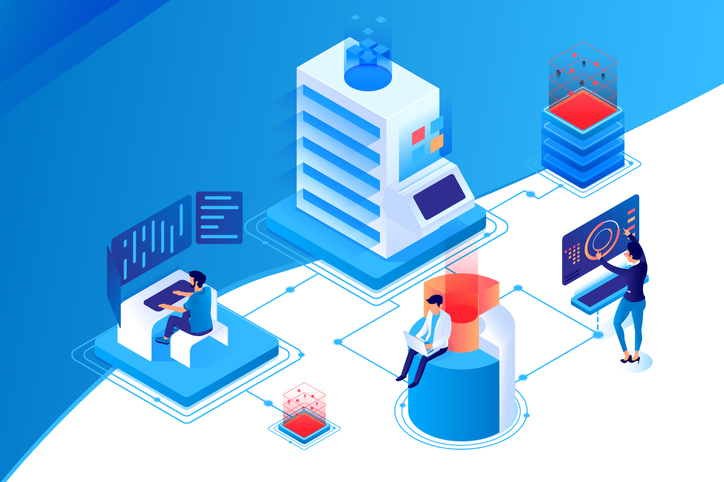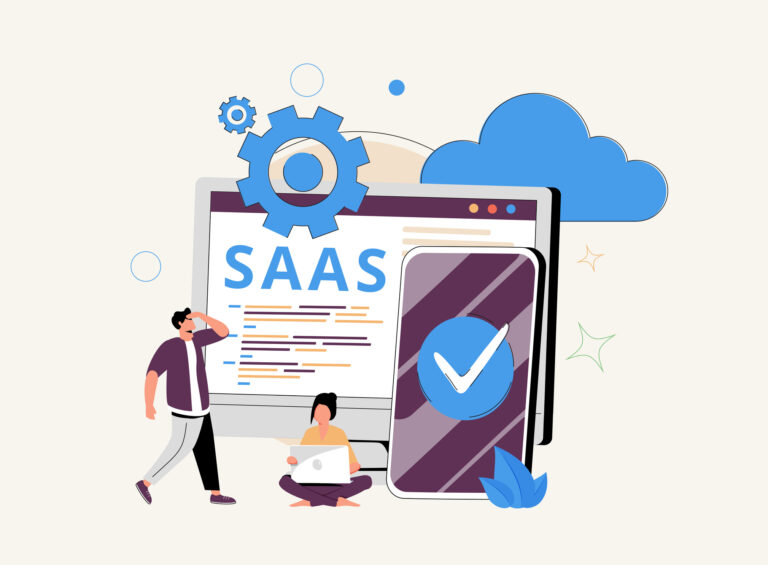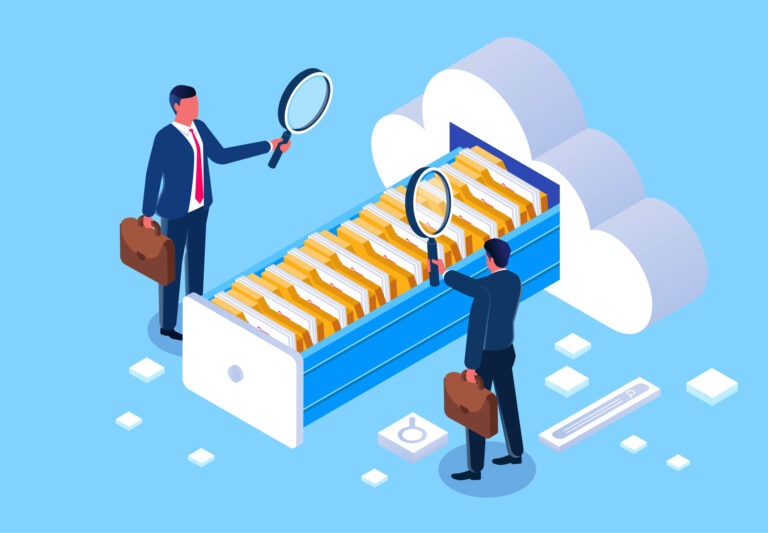Blog Post
6 min read
Understanding Your Cloud Bill: A Beginner's Guide
According to a recent HashiCorp-Forrester report, 94% of enterprises overspend in the cloud due to underused resources, overprovisioning, and ineffective management.
So, how can businesses optimize cloud usage and allocate resources efficiently to avoid unnecessary expenses?
In this post, we'll cover the must-knows about cloud billing: the terms, the charges, and the tools to help you cut back on overspending ASAP!
Basic Terminology on Cloud Billing
Before diving into the ins and outs of cloud billing, it's helpful to grasp a few key concepts and get familiar with common terms.
Cloud billing
Refers to calculating, tracking, and managing the costs associated with cloud services.
Cost management tools
Software solutions help businesses monitor, analyze, and optimize cloud expenses and billing.
Cost allocation tags
Labels or metadata that businesses can assign to their cloud resources to categorize and track costs.
Budget Alerts
Notifications or alerts triggered when specific spending thresholds or limits are reached within a defined budget.
Getting a good grasp of cloud terminology can help you learn and understand cloud billing, especially if you're starting your cloud journey.
The Basics of Cloud Charges
What are cloud charges?
Cloud charges refer to the costs or fees of cloud services and resources. When businesses or teams use cloud computing, they usually pay for their resources, like storage space, computing power, data transfer, and extra features or services offered by cloud service providers.
Types of cloud charges
Understanding the various types of charges on your cloud bill is crucial to managing and optimizing your cloud expenses effectively. Cloud charges can generally be categorized into a few main types:
Compute Resources
Charges for the virtual machines or instances that run your applications. Pricing is usually based on the size of the instance and the time it’s running.
Storage
Fees for storing data in the cloud. This includes object storage, block storage, and file storage, with costs often based on the amount of data stored and the duration of storage.
Data Transfer
Costs associated with transferring data in and out of the cloud platform. Ingress is often free, but it can incur charges, especially when data is transferred to the internet or different regions.
Services
Many cloud providers offer managed services like databases, AI and machine learning, IoT, and more. Each service has its own pricing model, generally reflecting the level of resources consumed or the number of requests made.
Support Plans
Optional charges for support services range from basic support to enterprise-grade offerings that come with higher costs.
Licensing
You may also be billed for software licenses if you’re using proprietary software on the cloud.
Did you know?
Tools like Umbrella’s Cloud Unit Economics and CostGPT can assist FinOps teams in understanding the impact of cloud spending on business performance, provide instant insights, and help optimize cloud spend.
The Basics of Cloud Charges
Understanding the various types of charges on your cloud bill is crucial to managing and optimizing your cloud expenses effectively. Cloud charges can generally be categorized into a few main types:
Compute Resources: Charges for the virtual machines or instances that run your applications. Pricing is usually based on the size of the instance and the time it's running.
Storage: Fees for storing data in the cloud. This includes object storage, block storage, and file storage, with costs often based on the amount of data stored and the duration of storage.
Data Transfer: Costs associated with transferring data in and out of the cloud platform. Ingress is often free, but egress can incur charges, especially when data is transferred out to the internet or to different regions.
Services: Many cloud providers offer various managed services like databases, AI and machine learning, IoT, and more. Each service has its own pricing model, generally reflecting the level of resources consumed or the number of requests made.
Support Plans: Optional charges for support services, which can range from basic support to enterprise-grade offerings that come with higher costs.
Licensing: If you're using proprietary software on the cloud, you may also be billed for software licenses.
Step-by-step guide for managing cloud spend
Budget alerts: Start by setting up budget alerts within your cloud service provider’s platform to receive notifications when your spending approaches your threshold.
Tagging strategies: Implementing tagging strategies can help you track costs by department, project, or environment, making it easier to identify where resources are being used and where they can be trimmed.
Billing dashboard: Regularly review your billing dashboard to understand your usage patterns and adjust your spend accordingly.
Reserved instances or savings plans: Opt for reserved instances or savings plans for predictable workloads to benefit from discounted rates compared to on-demand pricing.
Cleaning up unused resources: Keeping a watchful eye on cloud waste can help you ditch unnecessary data and keep your storage efficient.
By applying these strategies, you can take control of your cloud finances and avoid unexpected charges, keeping your cloud bill transparent and predictable.
FinOps tools for Cost Optimization
FinOps is about bringing financial accountability to the variable spend model of the cloud, ensuring that everyone takes ownership of their cloud usage. The competitive analysis of FinOps tools can guide organizations in selecting the right platform that aligns with their specific needs.
Did you know?
Umbrella’s solutions for Managed Service Providers help make informed pricing decisions and build a cost optimization plan that maintains higher profit margins.
Other ways for cloud cost optimization
Use cloud cost management tools for detailed analysis and recommendations.
Embrace a FinOps culture for better financial accountability and ownership of cloud usage.
Implement best practices such as rightsizing and selecting cost-effective pricing models.
Automate operations and monitoring to maintain a proactive stance on cost management.
Consult with experts and leverage competitive analyses to choose the best platform for your organization’s needs.
Looking ahead on cloud billing
As your business scales, cloud usage can fluctuate in the blink of an eye! This can lead to unexpected charges planned for properly.
To avoid cost-related surprises, understand the terms and what they do in the cloud to become fluent in implementing forecasting methods that consider historical data, growth trends, and potential changes in service requirements.
Need a refresher? Just remember these highlights:
Implementing a budget that reflects your cloud usage predictions.
Analyzing your past cloud bills to identify usage patterns and growth rates.
Leveraging FinOps tools can simplify this process by providing predictive analytics and budgeting features that help you set threshold alerts to prevent overspending.
Stay informed about the cloud provider’s pricing models and discount options, such as reserved instances or savings plans, which can further refine your budgeting strategy.
Consistent monitoring and adjusting your cloud budget are essential as your business and the cloud market evolve.
Dealing with costs in the cloud can be nerve-racking, but hopefully, this post points you in the right direction to get started! If you need further help, you can schedule a meeting with our cloud cost management experts!
Read more









